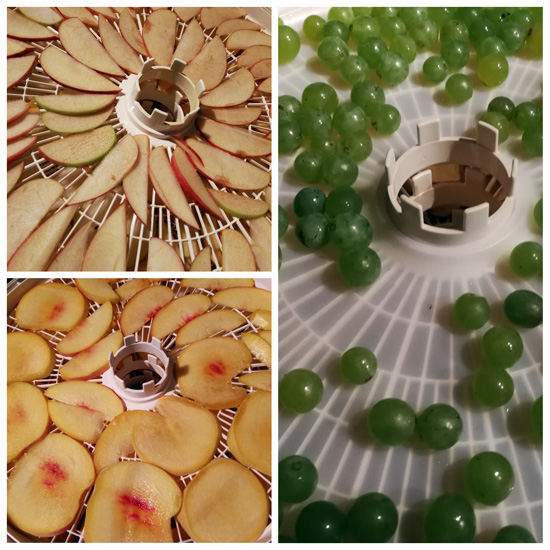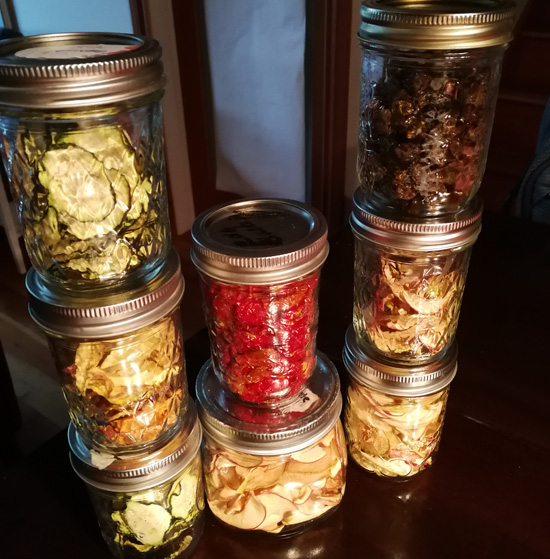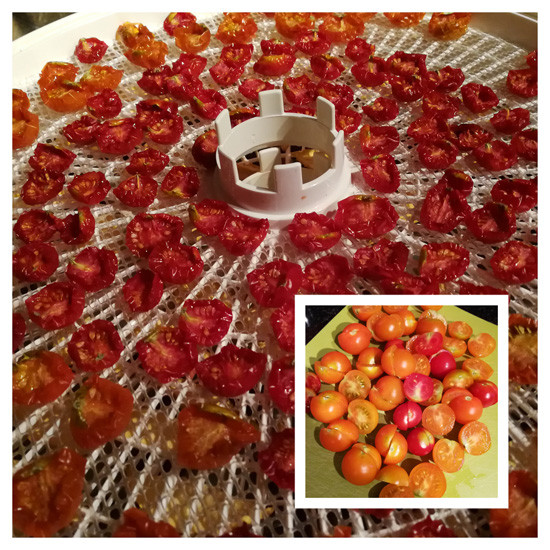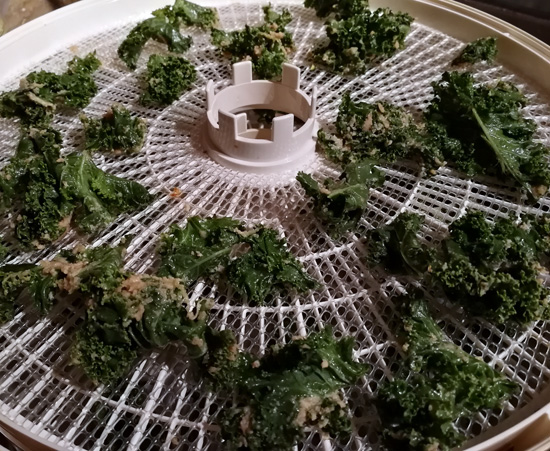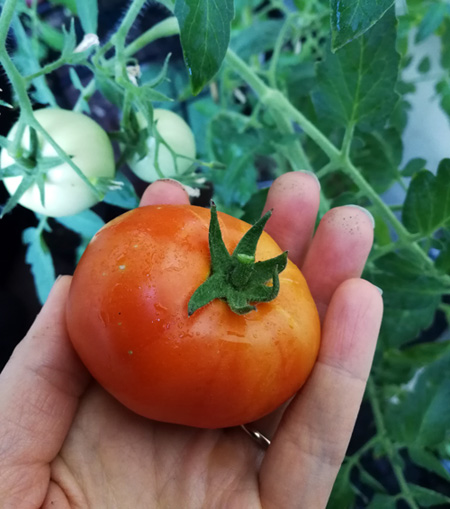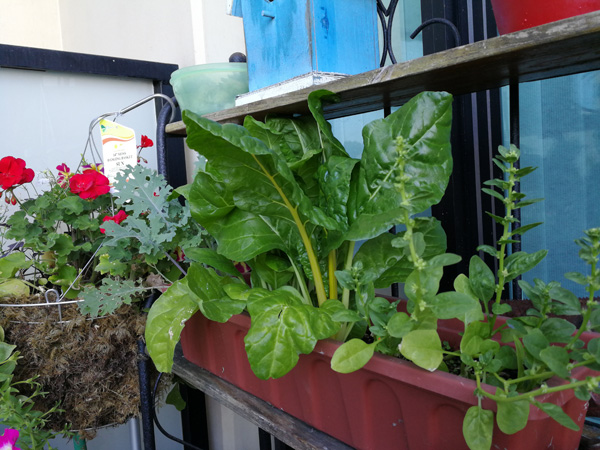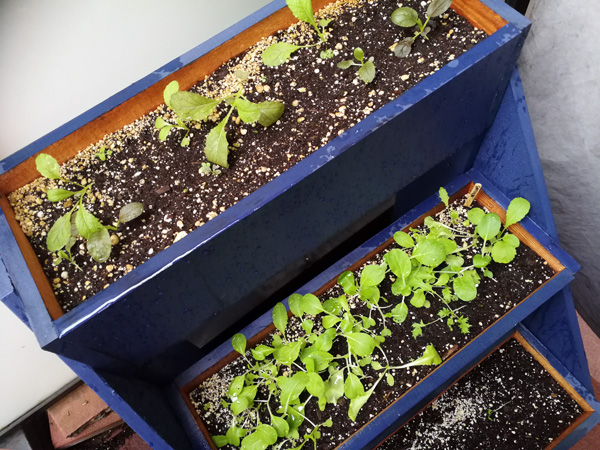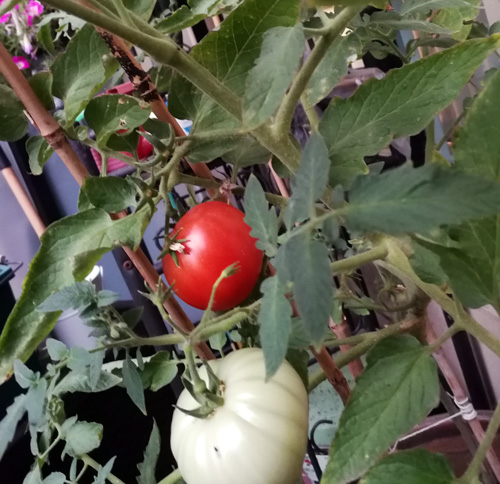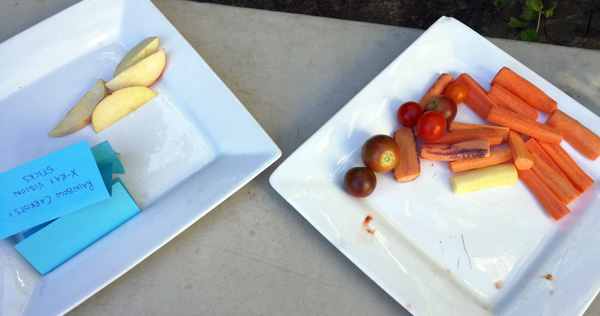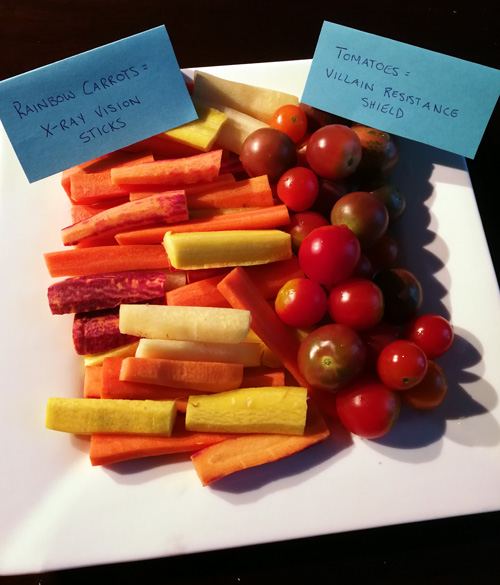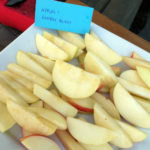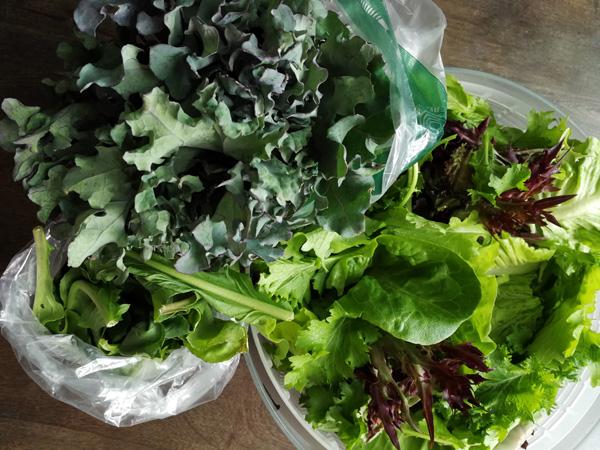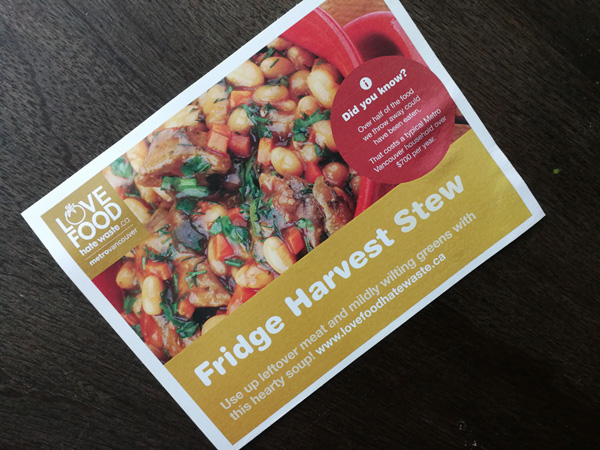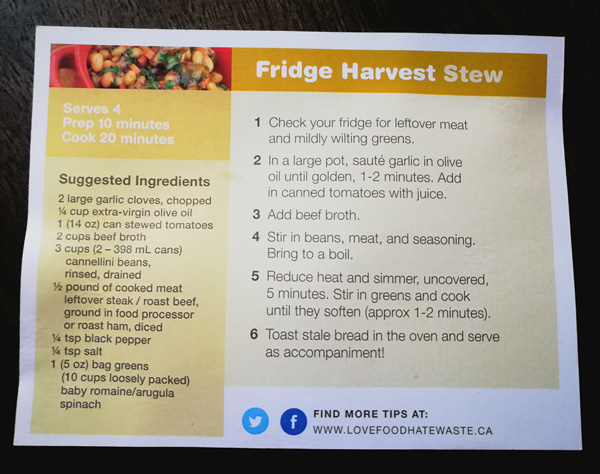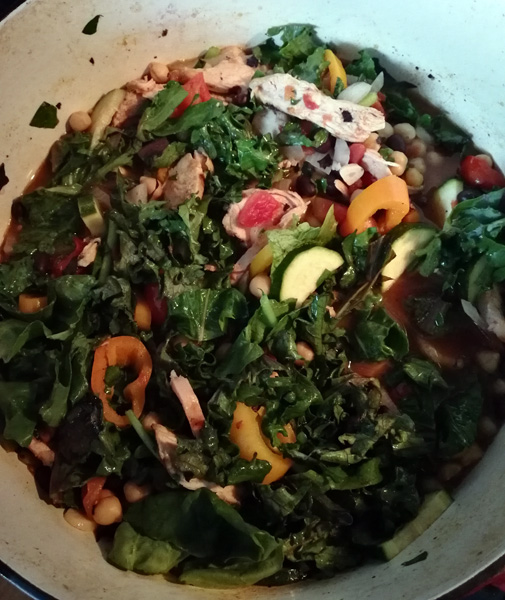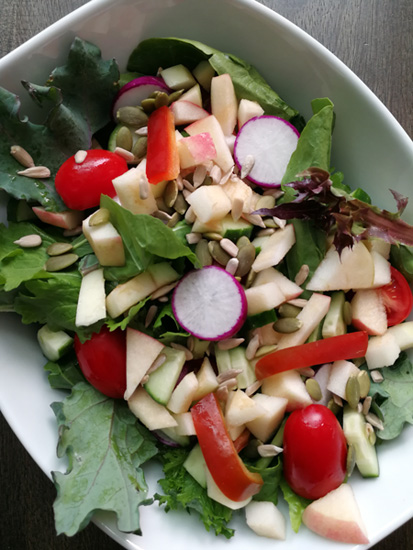If you’re an avid CBC fan like the New West Farmers Market, you may have caught this recent article on farmers markets on their website and on CBC television’s Marketplace.
The New West Farmers Market strives to develop close relationships with our vendors and our community, and all good relationships are built on trust. As such, we wanted to tell you a little about how we work with our vendors.
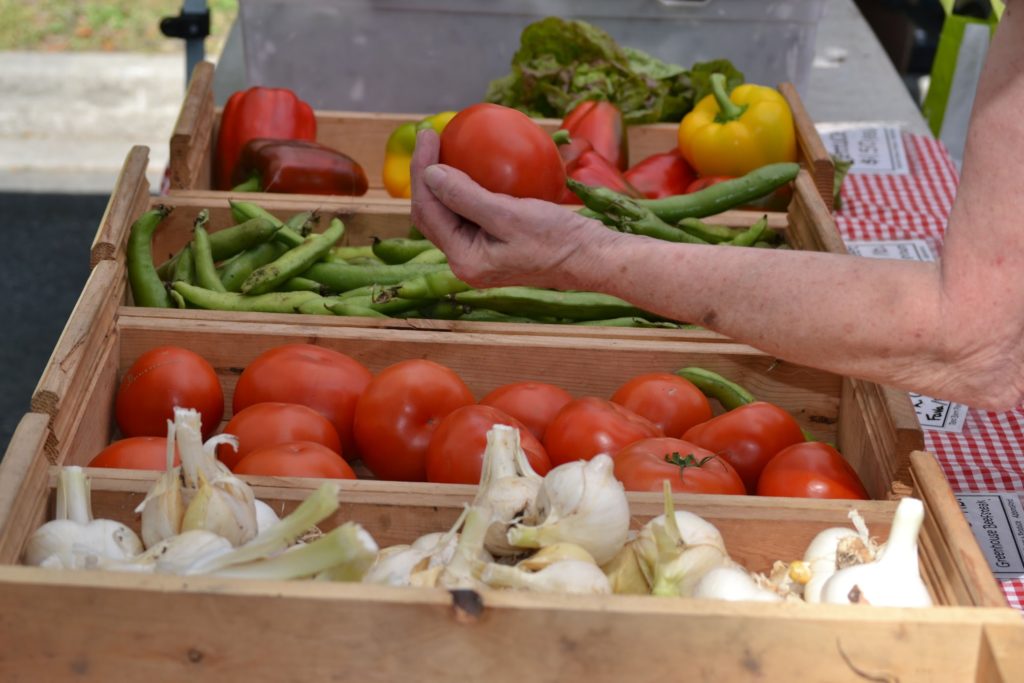
On applying to be a vendor, there is a careful vetting process in place. We ask questions about the farm, who works there, production methods, water conservation, weed, pest, and disease management and their sources of seed and livestock feed.
Each vendor must agree to a farm visit, which we conduct as needed to verify that a vendor does indeed grow and produce the products they sell. We have conducted audits in the past with professional agrologists, and communicate with other regional markets to check in on vendors. We get to know our vendors and their products, and encourage our shoppers to do the same.
We have limited resources in terms of only a few staff and a volunteer board, so it can be challenging.
This is one of the reasons why we insist the very best way to shop at a market is for consumers to get to know the producers, ask them questions about their operations, sign up to their mailing lists, and work with them to ensure fair prices that provide a living to the vendors but provide the freshest and highest quality food to the shopper for the best possible price. It’s a relationship, not a transaction.
The New West Farmers Market is a member of the BC Association of Farmers Markets. Each of its 147 member markets in BC is approved annually, and must exclusively (100%) be composed of vendors who make, bake, grow or raise the products they sell. The reselling of wholesale products is not allowed.
Here at the New West Farmers Market we strive to provide a diverse and welcoming year-round farmers market that promotes economic wellness in our city. We appreciate each of you for being part of it.
We hope to see you at next Thursday’s market, the last of the summer season. Come by, ask questions, and meet the makers!
